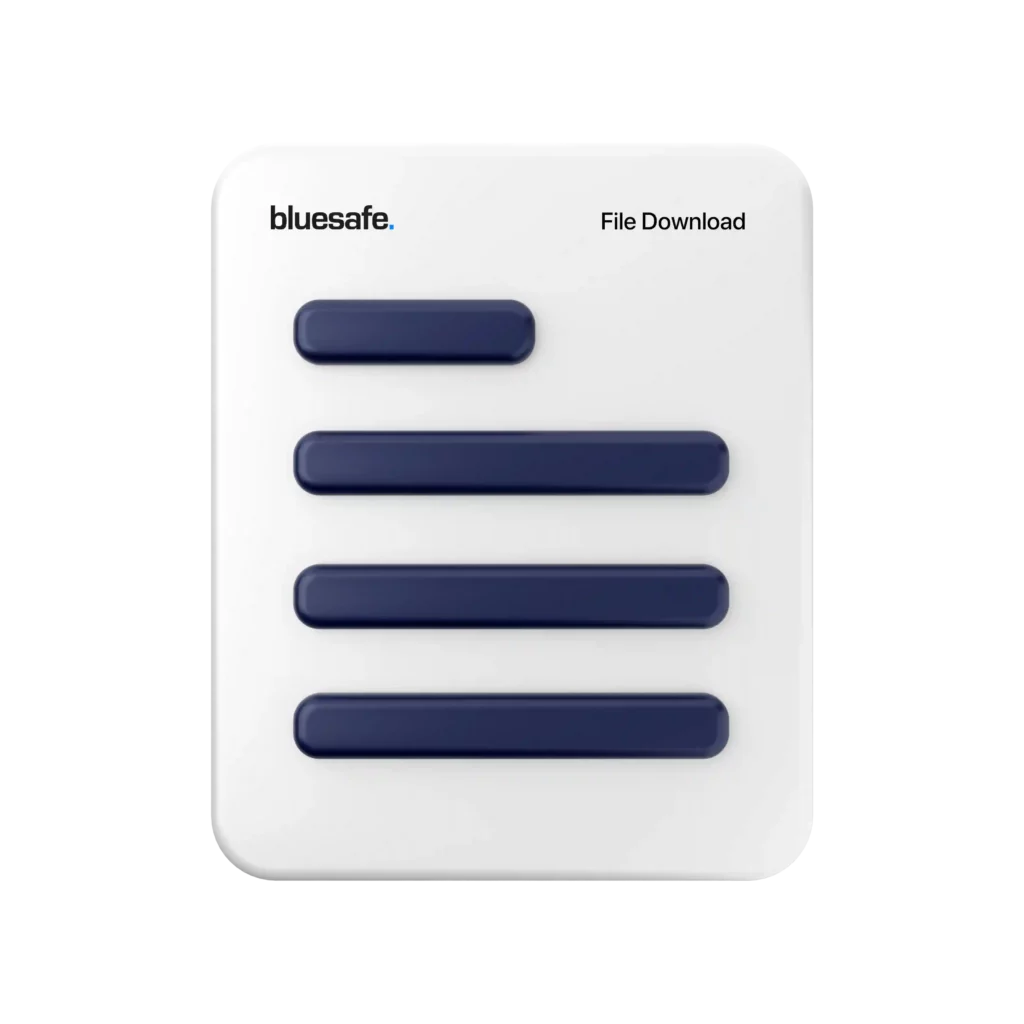G’day, everyone! It’s your mate, Gary, and today we’re gonna talk about something that’s really important for all of us, especially those of us in the workforce. That’s right, we’re gonna talk about the confusion around what’s legally required under a Safe Work Method Statement.
Now, I know that for many of us, reading through a Safe Work Method Statement can be a bit of a snooze-fest. But trust me, it’s important stuff. The purpose of a Safe Work Method Statement (SWMS) is to outline the hazards and risks associated with a particular job or task, and to describe the steps that need to be taken to complete that job or task safely.
So, what’s the confusion all about? Well, for starters, some people think that a SWMS is just a bunch of bureaucratic red tape that they have to wade through before they can get on with their job. But let me tell you, that couldn’t be further from the truth.
The fact is, a SWMS is a legal document that’s required by law in many industries. And if you don’t have a SWMS in place when you’re working on a job, you could be breaking the law. And that’s no joke, folks.
So, what’s actually required in a SWMS? Well, it’s actually pretty straightforward. Firstly, you need to identify the hazards and risks associated with the job or task. This might include things like working at heights, working with dangerous chemicals or machinery, or working in confined spaces. Once you’ve identified the hazards and risks, you need to describe the steps that need to be taken to control those hazards and risks. This might include things like wearing appropriate personal protective equipment, using safety harnesses, or ensuring that machinery is properly maintained and operated.
But here’s the thing – the requirements for a SWMS can vary depending on the industry and the specific job or task you’re working on. That means that there’s no one-size-fits-all approach when it comes to creating a SWMS. You need to tailor your SWMS to the specific needs of your job or task.
Now, I know that all of this can seem a bit overwhelming. But the good news is that there are plenty of resources available to help you create a SWMS that meets all the legal requirements. For example, Safe Work Australia has a great website with all sorts of resources and templates that you can use to create a SWMS that’s tailored to your specific needs.
And if you’re still feeling a bit confused or overwhelmed, don’t be afraid to reach out for help. Your employer should be able to provide you with guidance on creating a SWMS, and there are plenty of industry associations and regulatory bodies that can help as well.
So, let’s sum up what we’ve learned today. A Safe Work Method Statement is a legal document that’s required in many industries, and failing to have one in place could result in serious consequences. The requirements for a SWMS can vary depending on the industry and the specific job or task you’re working on. And there are plenty of resources available to help you create a SWMS that meets all the legal requirements.
Alright, that’s all I’ve got for you today, folks. Remember, safety should always be your number one priority when you’re on the job. And if you’re ever feeling unsure about what’s required under a SWMS, don’t be afraid to ask for help.
Cheers,

![]()






